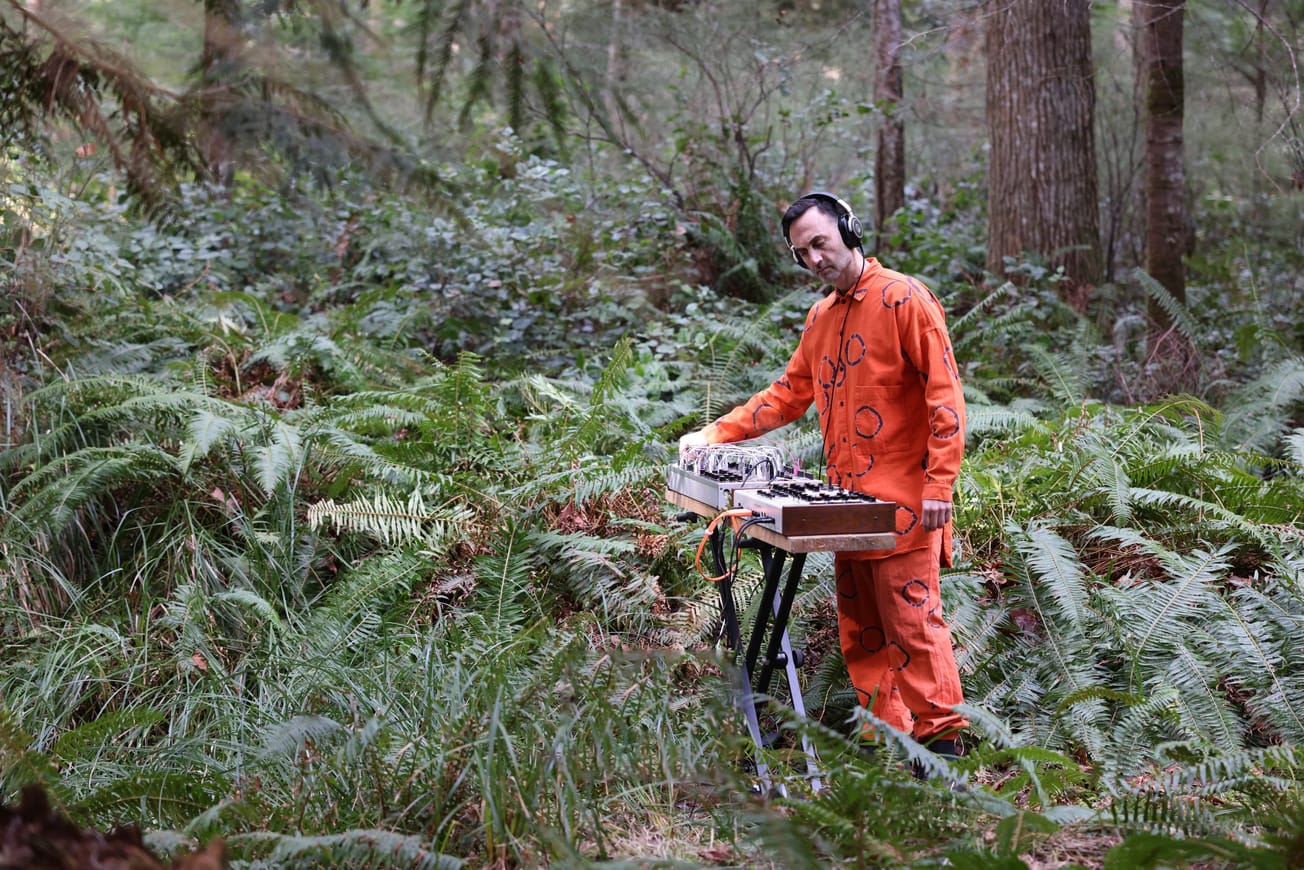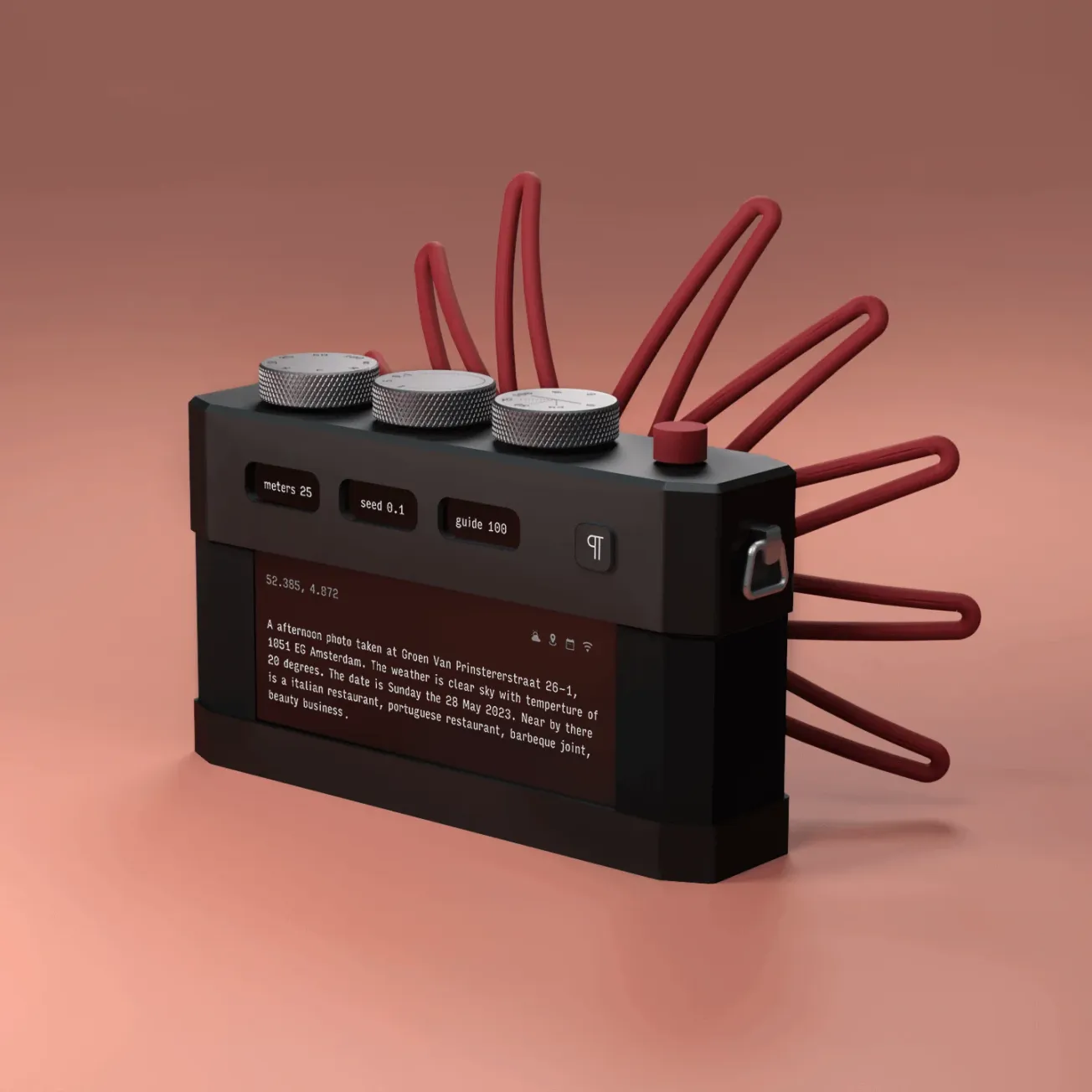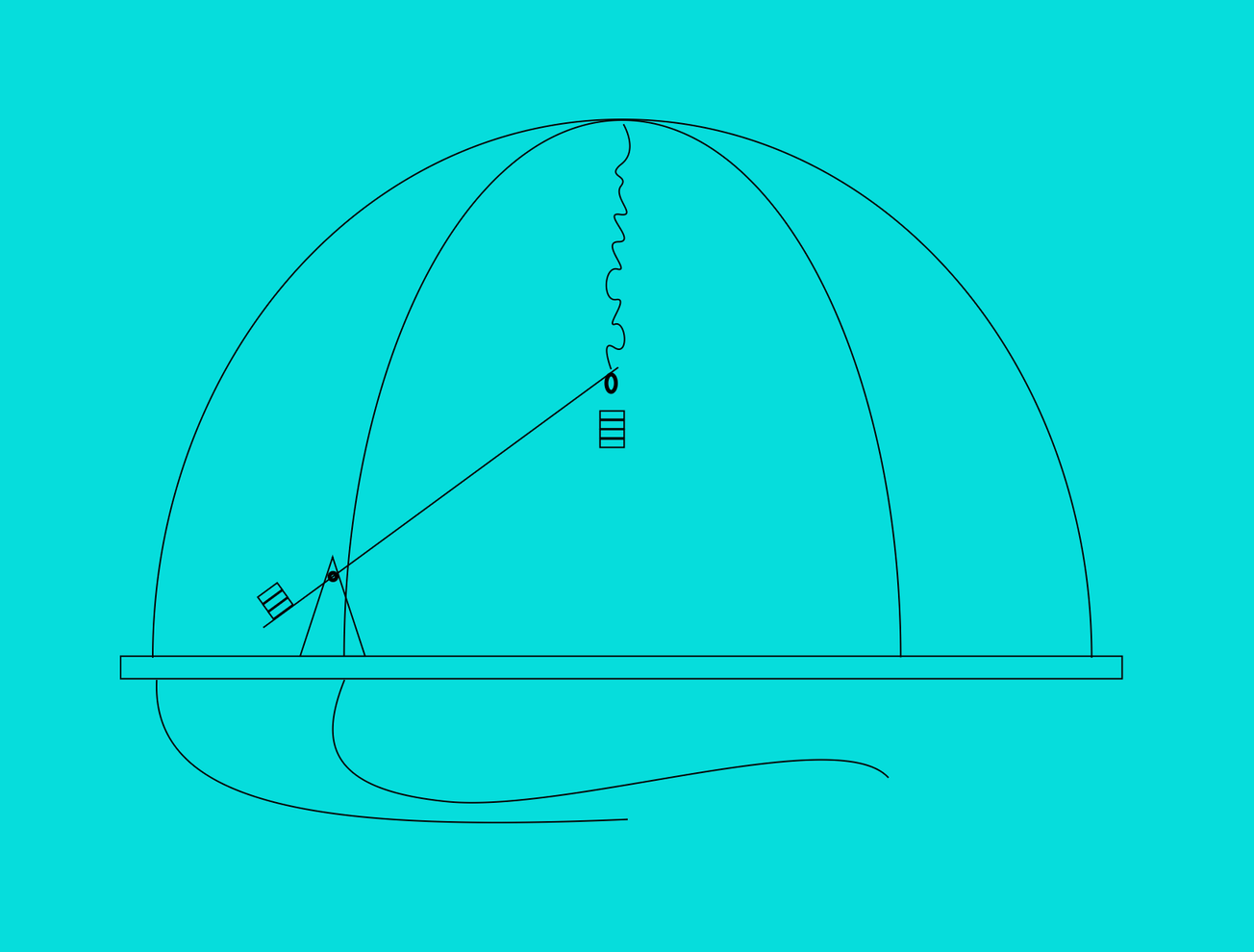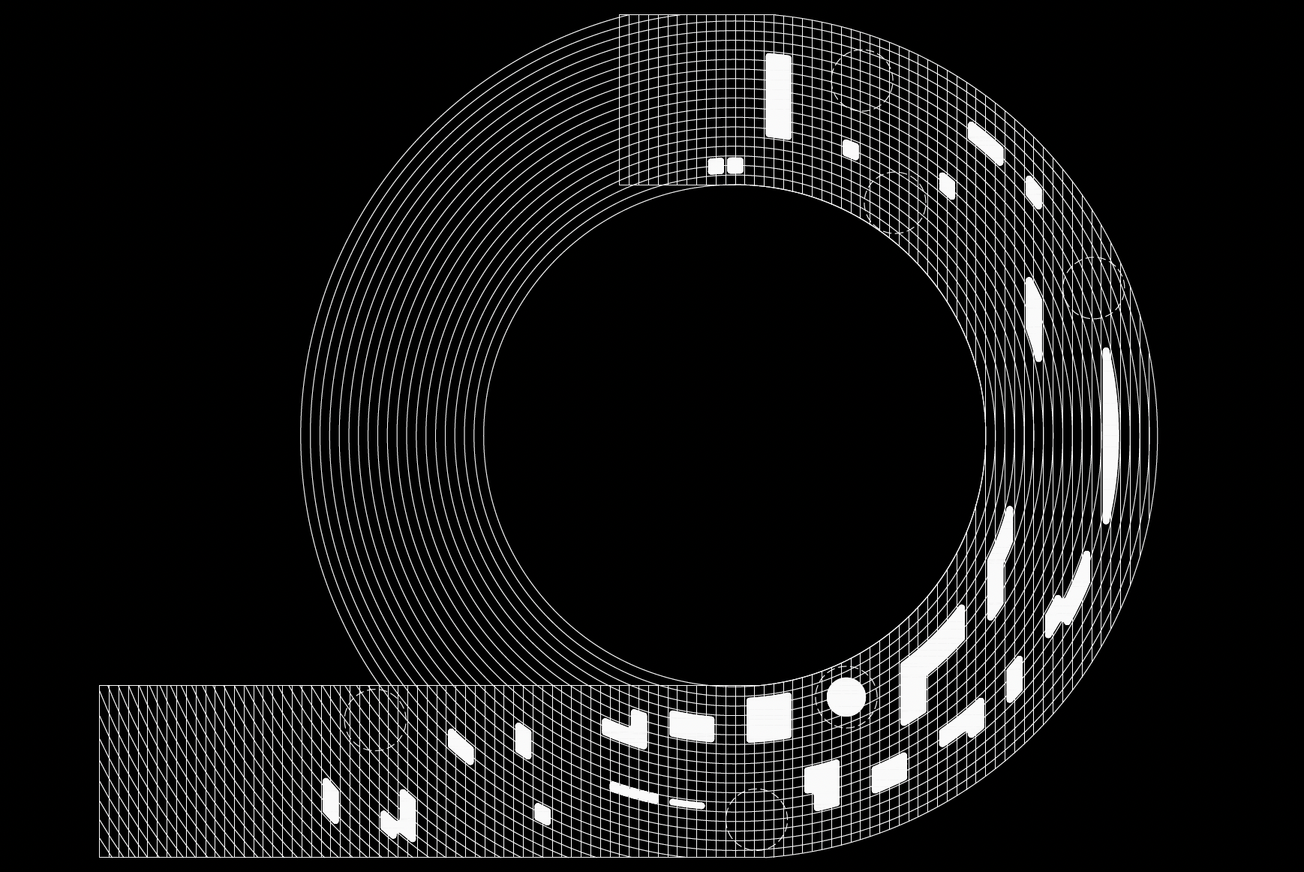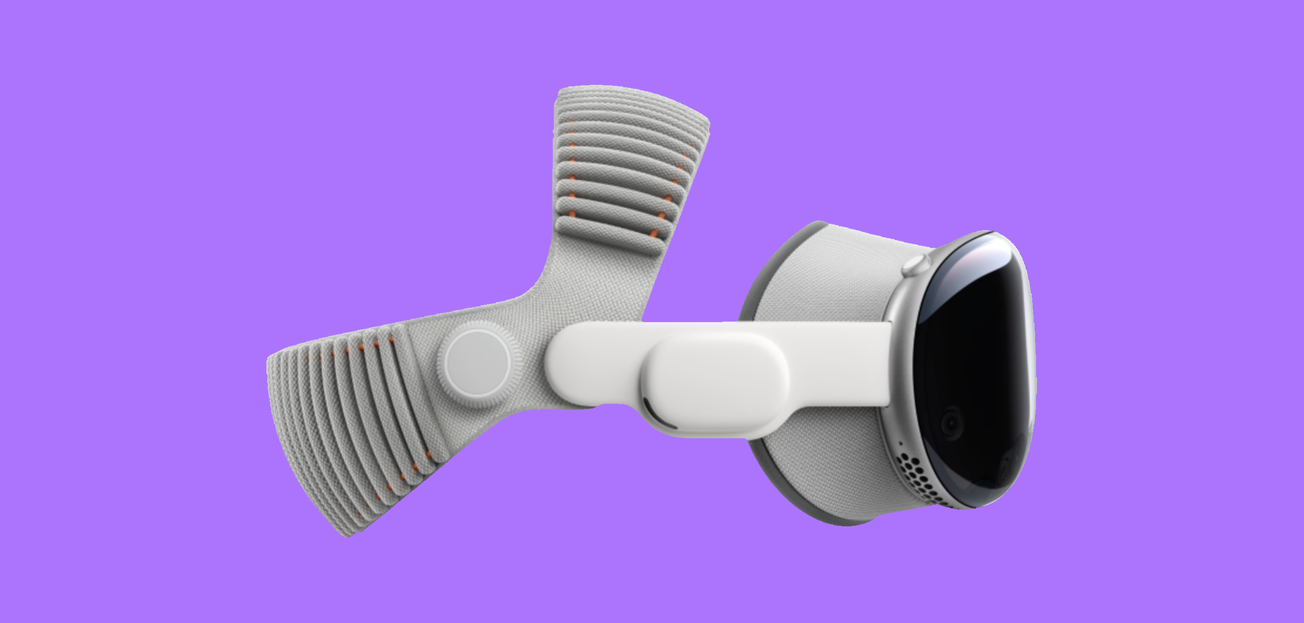No stage. No headliner. No conductor. Just a living, breathing network of signal and noise.
Welcome to the era of decentralized soundscapes—where sound doesn’t just come from a source, it emerges from a system. Where your playlist might be co-composed by mushrooms, DAOs, urban pollution, and an AI that dreams in feedback loops.
If 20th-century music was about identity and control, 21st-century sound is about distribution, interaction, and environmental response. These aren’t songs—they’re sonic ecologies. Always shifting. Always listening. And they raise a question that no pop chart can answer: What happens when no one is in charge of the sound? Or rather when authorship is dynamic and dispersed?
What Even Is a Decentralized Soundscape?
- Non-Hierarchical Composition
There’s no maestro. No master track. Sound flows from participants, sensors, weather systems, network pings, biometric pulses. Think generative jazz—without a bandleader. - Networked or Distributed Systems
DAOs, peer-to-peer networks, blockchain logs, IoT devices—these systems enable real-time sonic collaboration across geographies and species. - Dynamic and Evolving
A decentralized soundscape changes with every input. A breath. A tweet. A lightning strike. There’s no setlist. Only signals.
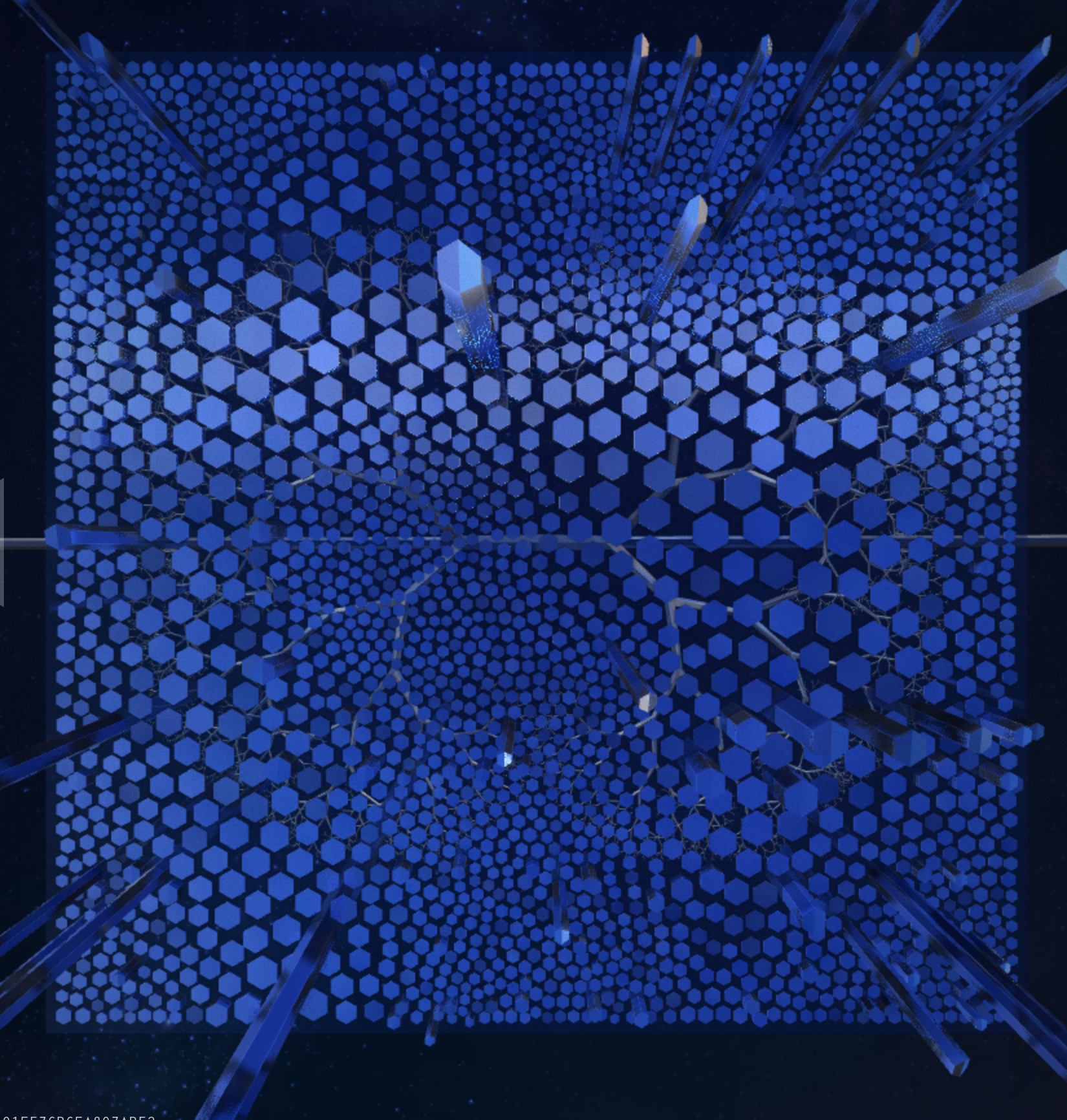
This Is What Sound Sounds Like Without a CEO
Crypto Compositions, Sensor Networks as Symphonies, AI Swarms & Sonic Ecologies
In the world of decentralized soundscapes, composition isn’t linear—it’s emergent. On the blockchain, artists are translating financial data into audio textures, where every transaction becomes a tone and every smart contract a rhythmic pulse. Your NFT purchase might unknowingly drop a beat into someone else’s decentralized symphony. These crypto compositions turn economic noise into generative music—one where volatility isn’t just tracked, but heard.
Meanwhile, global sensor networks like Locus Sonus transform ambient sound into shared listening spaces. Microphones placed around the world capture live, local soundscapes—street chatter in Tokyo, birdsong in São Paulo, the wind across Arctic ice—and stream them into real-time sonic tapestries. Layered with swarms of AI bots that respond to environmental inputs or even one another, these systems don’t “compose” in the traditional sense—they evolve. It’s not music made by humans, but a sonic ecology in motion, like handing out synthesizers to flocks of starlings and letting them improvise mid-flight.
The Artists Who Let Go of Control
Holly Herndon & Mat Dryhurst — Holly+
Herndon and Dryhurst didn’t just release a new album. They released her voice. With Holly+, anyone can generate music using an AI-trained model of Herndon’s vocals. It’s governed by a DAO—a vocal commons, managed by consensus.
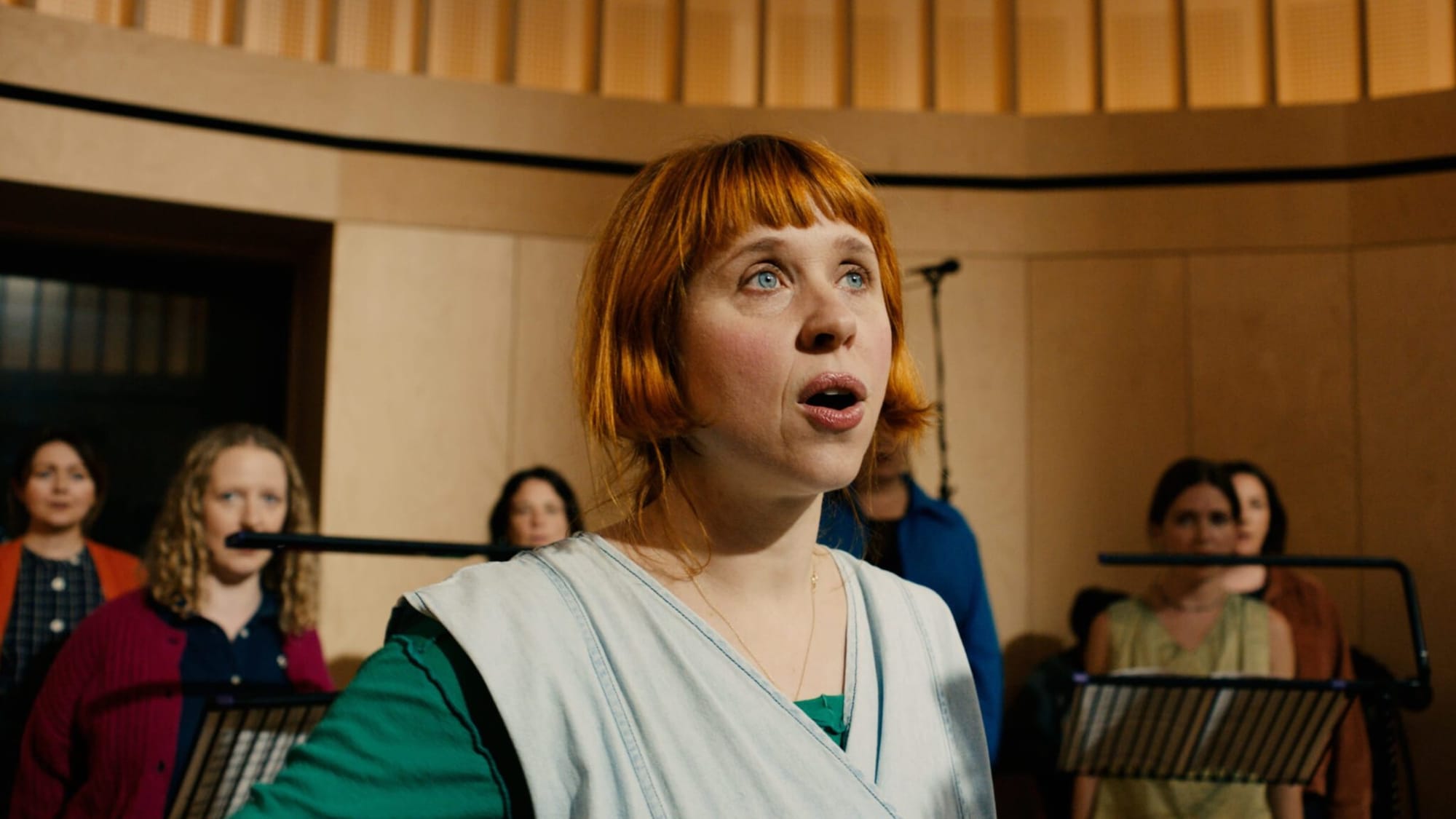
Gianluca Elia & Dan Overholt — Squidback
An audience becomes an orchestra. Phones and laptops emit generative feedback, turning passive listeners into a decentralized sonic swarm. It’s less concert, more collective sonic hallucination.
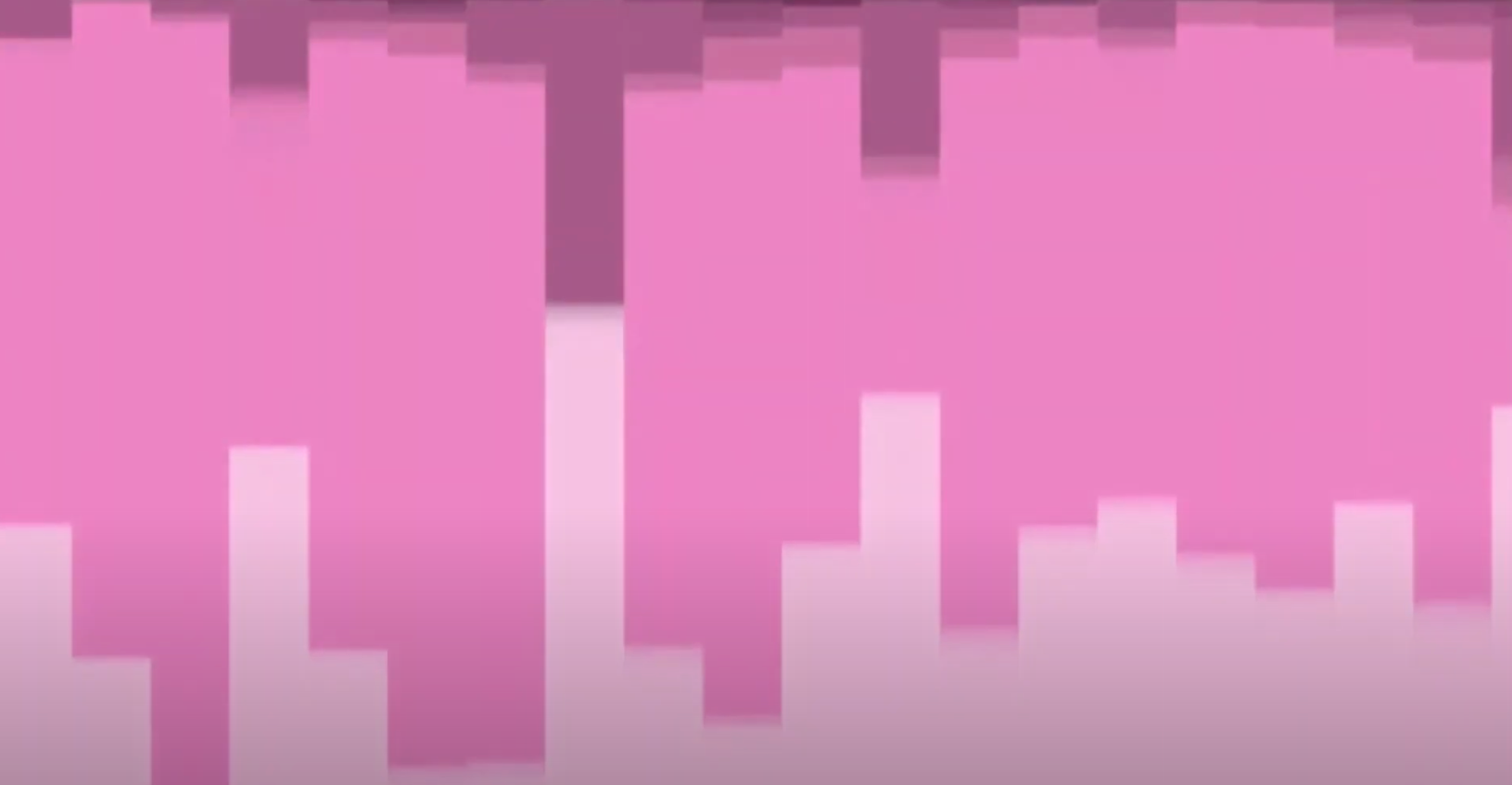
Tarun Nayar — Modern Biology
Plug electrodes into a mushroom. Route the bio-signals through a modular synth. Let nature write the ambient album. Nayar’s work makes the forest audible—and the ecosystem the composer.
David Monacchi — Fragments of Extinction
Monacchi captures endangered soundscapes in 3D—entire rainforest ecosystems encoded in acoustic fidelity. Step into the Sonosfera, and you’re not just hearing sound. You’re time-traveling through an extinct biome.
Charles Hoskinson and Jeremy Wood, IOHK — Symphonies of Crypto
In the world of decentralized finance, artists are reimagining economic data as a compositional tool. Every wallet ping becomes a tone, every token transfer a rhythmic pulse. These blockchain-born compositions transform network activity into generative music—where your NFT flip might end up as someone else’s bassline. The result isn’t just reactive—it’s alive with the tempo of global digital economies.

Agoria — Phytocene
Biometric data from a hemp plant becomes a multisensory performance. Light, sound, motion—all choreographed by photosynthesis. In Phytocene, nature isn’t inspiration, it’s the author.


Why It All Matters
Agency and Authorship, Access and Equity, and Ecological Resonance
Decentralized soundscapes don’t just remix sound—they remix power. When a rainforest, a DAO, and a mushroom collectively generate a composition, the question of authorship becomes a philosophical minefield. Who owns the result when agency is distributed across human and non-human actors, code, and ecology? These systems dismantle the idea of the lone composer and replace it with a chorus of contributors, each with partial authorship—and no one in control.
More importantly, they open the door. With just a phone, a sensor, or a Wi-Fi connection, anyone can participate. No studio, no label, no gatekeeper. This kind of creative decentralization radically expands access, shifting the cultural terrain of who gets to make and be heard. And in their design, these systems echo the very ecosystems they often listen to—adaptive, decentralized, and deeply interdependent. These are not just new ways of composing sound; they’re new ways of listening to the world.
Outro: No Final Mix
In decentralized soundscapes, you’re not an audience. You’re a node.
A variable in a vast, evolving sonic system.
Not just music. Not just art. A preview of what post-human collaboration sounds like.
It’s not streaming. It’s streaming consciousness.
The next time you press play, ask yourself: Who’s really composing?

